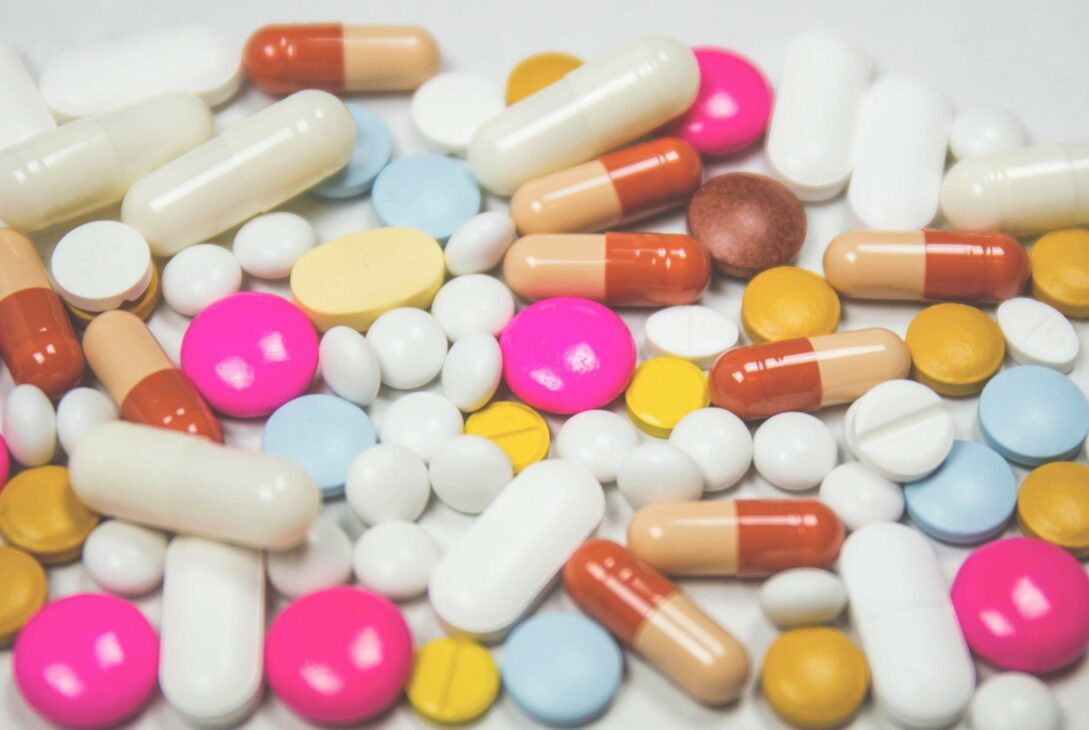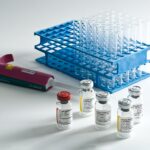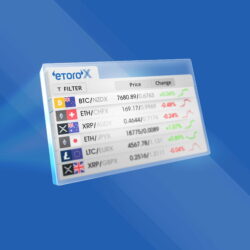Pharmaceutical Drugs are vital high-maintenance products with specific storage needs that differ across drug types. One common requirement is storing them in cool and dry places to ensure zero moisture-related damage, and this is the job of the pharmaceutical desiccant.
There are specified government stipulations for packing and storing pharma drugs, including packing drugs with desiccants in them. A pharmaceutical desiccant is an indispensable part of drug packaging, especially when it is not in blister packs.
A desiccant is a hygroscopic substance that makes any water molecules in the surroundings, stick onto their surface, thus maintaining dry environments. Keeping pharma drugs dry is compulsory, as even the slightest moisture could dilute or distort their structure, rendering them worthless.
Moisture-content also leads to the development of fungi and bacteria, thus spoiling the drugs beyond use. It is also potentially dangerous because if people open the package, they may release the fungi or bacteria into their environment.
Hence, a pharmaceutical desiccant plays a crucial role in ensuring the hygienic and safe storage of drugs. Desiccants help in increasing the drug’s shelf-life without decreasing in potency.
PHARMACEUTICAL DESICCANT TYPES
A primary requirement of any desiccant is that it should be chemically inert; it should not chemically react with the drugs it helps store. There are many chemically inert naturally occurring and synthetic substances, but not all of them are desiccants.
A desiccant has to be hygroscopic as well as chemically inert. But there are also some desiccants, that can potentially react with certain drugs, and thus it is necessary to use the right desiccant for each drug.
Desiccants are classified based on their moisture sorption isotherm. This classification divides them into Type I, II, III, IV, or V desiccants, known globally. The government pharma regulatory body recognizes the following pharmaceutical desiccants as appropriate for drug storage use:
- SILICA GEL
The silica gel desiccant is commonly known and recognized even by the layman. This popularity is because of its wide range of uses, not only in pharmaceuticals but also in consumer goods like chewing gum.
The granular form of silicon dioxide, synthetically produced from sodium silicate, is generally known as silica gel. While silica gel desiccant is usually in a solid-state, it is porous and inert. The granules are vitreous or produce a glass-like shine. This quality of the silica gel helps in the absorption of moisture. Air that goes through the silica gel’s pores comes out dry. The water molecules in the air get trapped within its pores, allowing it to maintain a dry environment.
When heated to 82°C (180°F), it releases the trapped water. This process is known as regeneration, but it rarely occurs as these high temperatures are not conducive to drug storage.
- ZEOLITE OR MOLECULAR SIEVE
Zeolite is the main component in molecular sieve desiccants. It is microporous and a naturally occurring silicate of aluminum. Molecular sieves are the most commonly used pharmaceutical desiccants, and many manufacturers stand by them today.
As the name suggests, molecular sieves strain the molecules that pass through them. Their pores are so uniform and small that only the tiniest molecules can pass through them. Water molecules are large and easily trapped within the sieve’s structure.
These desiccants are also liable to regeneration at 550°C or 1022°F, which allows them to maintain dry climates longer than silica gel. Their large surface areas also absorb more water than silica gel desiccants.
- ACTIVATED CARBON
Activated carbon desiccants are potent hygroscopic substances that can also remove odor-causing particles from the drug’s environment. They are a premium desiccant used in both pharmaceuticals and consumer goods storage.
Their pores have the added ability to trap gaseous molecules within their structure. This ability helps in eliminating odor. Their surface area to weight ratio is 3000m2 per gram, meaning they have larger surface areas than other desiccants.
This entire surface area has pores on it, allowing the desiccant to trap more water and gas.
Like other desiccants, activated carbon is likely to regenerate the trapped moisture within, but at higher temperatures than other desiccants (800°C or 1470°F).
Hence, they can maintain hygienic storage conditions for longer. Their ability to trap gaseous particles has made them a staple addition to gas masks. Even today, researchers are studying the various properties of activated carbon and its potential uses.
- CUSTOM BLENDS
Companies that specialize in desiccants have intimate knowledge of each of their features. They are aware that certain products require more than one type of desiccant.
That is why they also offer custom blend options, that allow their consumers to create a customized blend specific to their product storage needs.
Custom blended pharmaceutical desiccants combine the properties of their components and are more efficient at maintaining dry environments. Manufacturers can now use the potential of two or more desiccants to store their drugs safely and ship or sell them.
A pharmaceutical desiccant requires appropriate packaging for maximizing its benefits. These packets are porous but sealed. This packaging allows the desiccant to do its job without coming into contact with the drug itself, making them safe and durable.





















